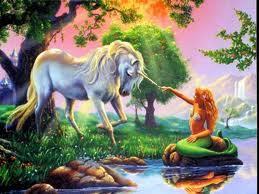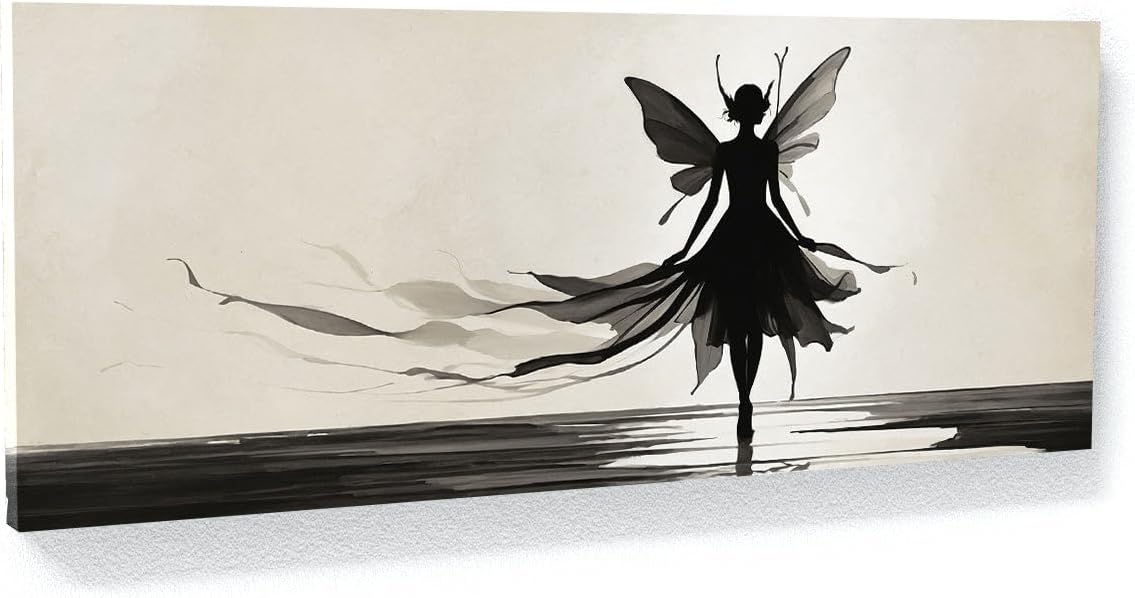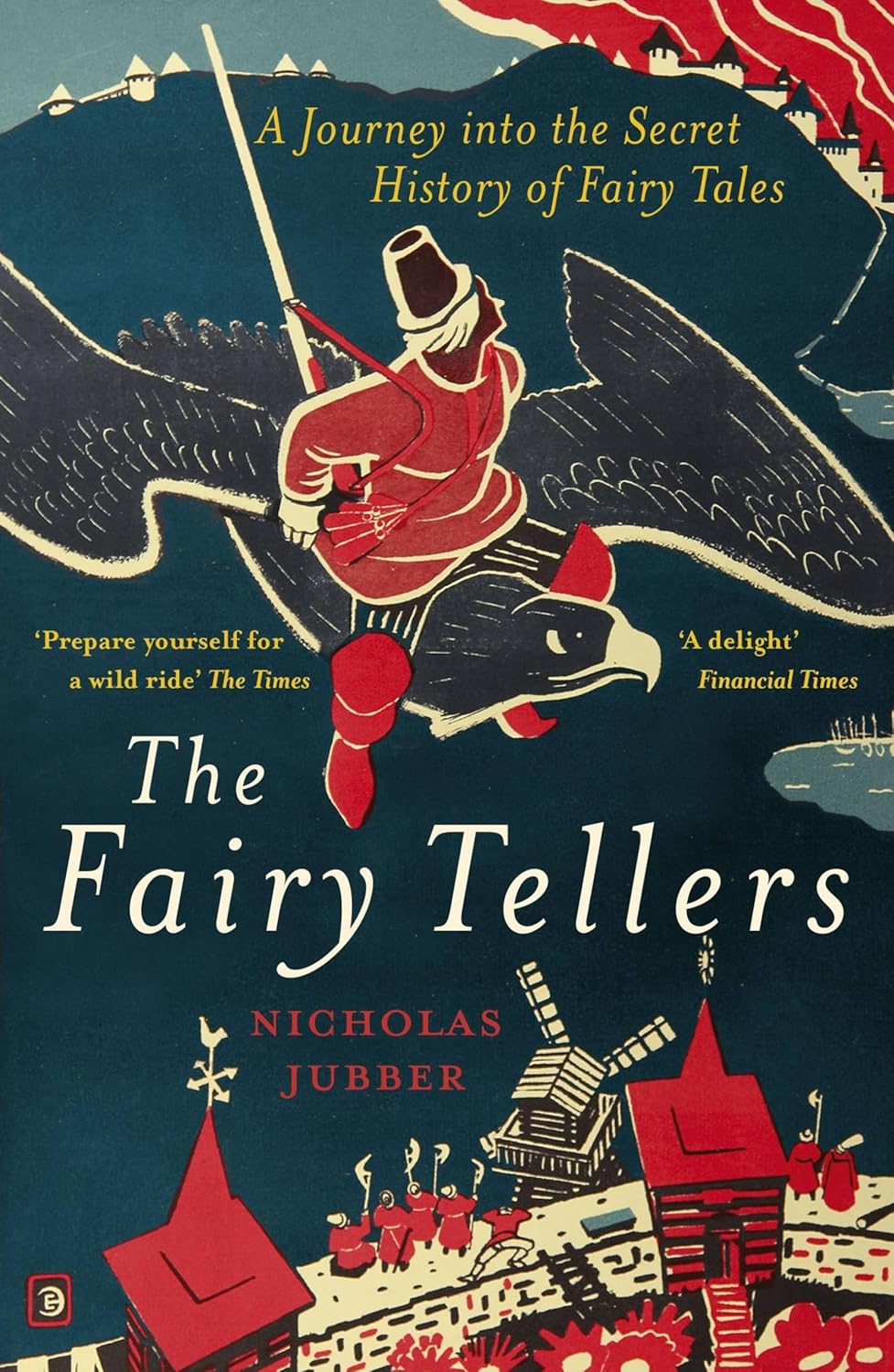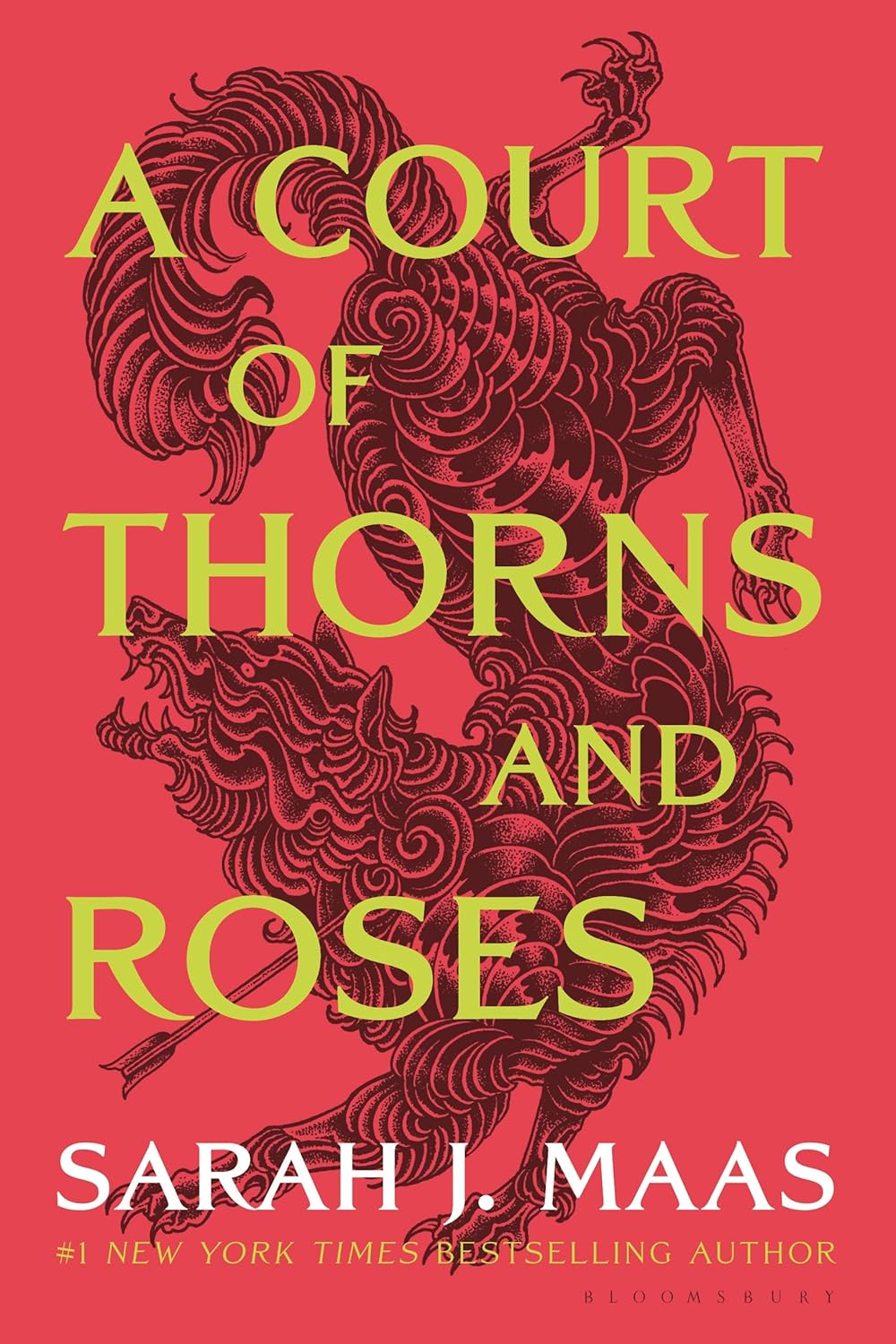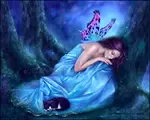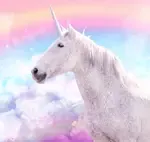- Home
- Fairy Blog
- Fairy Cakes
- Fairy Quotes
- Safety Dance
- The Flower Fairies Books
- What is a Fairy?
- Are Fairies Real?
- Faeries
- What are the Fae?
- Fae Fantasy Books
- Fairy History
- Origin of Fairies
- Fairies in Folklore
- Pixies
- Pixie Fairy Differences
- Gothic Fairies
- Tooth Fairy
- Fairy Festivals
- Fairy Gardens
- Fairy Garden Accessories
- Fairy Forests
- Fairy Poems
- Fairy Tales
- Fairy Tale Origins
- Classic Fairy Tales
- 24 Fairy Tales
- Fairy Tales around the World
- About Fantasy Creatures
- Dragons
- Dwarves
- Elves
- Gnomes
- Leprechauns
- Mermaids
- Unicorns
- Fairy Face Painting
- Free Fairy Art
- Fairy Coloring Pages
- Fairy Crafts For Kids
- Chinese Dragon Art
- How to Draw a Dragon
- Chinese Dragon Drawing
- Dragon Coloring Pages
- Fairy Tattoo Ideas
- About Us
- Contact Us
- Disclaimer
- Privacy Policy
Fairy Tales and Fairy Stories
Discover the whimsical journey of the fairy tales genre that has captivated hearts worldwide. Immerse yourself in the delightful essence of magical elements, enchantments, and the unforgettable characters that dwell in these stories, from witches and fairies to giants and talking animals.
Where do Fairy Tales come from?
Préciosité is a literary style that comes from les précieuses, the witty and educated intellectual ladies of Paris. The name FairyTale was coined when the précieuses took up writing literary stories from their conversations and fun word games. The précieuses wrote their stories mainly for adults but knew that servants or women less privileged would repeat these stories to children.
Madame d'Aulnoy invented the term 'contes de fée', or fairy tale. "Beauty and the Beast" was written by Madame Gabrielle de Villeneuve in 1740. Jeanne-Marie Le Prince de Beaumont rewrote "Beauty and the Beast" so as to be more suitable for children. This version, published in 1756 is the tale that is most popular today.
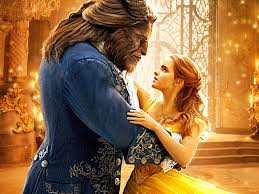 Beauty and the Beast
Beauty and the BeastFairy tales originate from the ancient oral storytelling traditions of diverse cultures worldwide. They began as folklore, legends, and myths and then evolved into mesmerizing stories performed in theater, penned in literature, adapted in film and television, and narrated through the ages.
Fairy tales plunge us into a universe where the impossible becomes possible and where creatures of fantasy such as fairies, dragons, and talking animals abide. Their enchanting storytelling style typically opens with a nod to time and place such as "Once upon a time in a place far away".
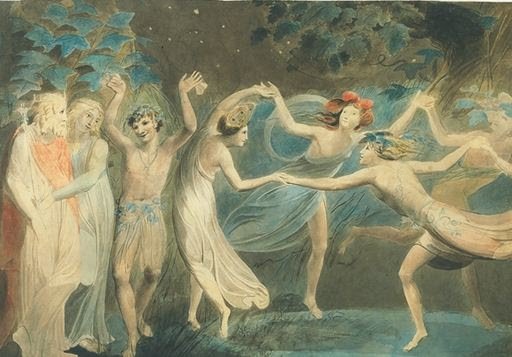 Fairy Folklore
Fairy FolkloreFairytales started as oral stories taken from folklore, legends and myths. They have been told to children and adults since before recorded history. The origin of these fantasy tales, or any of these types of oral stories, is impossible to determine. This oral handing down from generation to generation came long before the written page. Tales were taught or acted out for each of the new generations. We do know that ancient cultures from all over the globe have similar stories. Ancient Egypt, c. 1300 BC, has the oldest known written Fairy story.
Two different theories exist on how similarities can exist between a fairytales story from different cultures and even different continents. One theory is that a particular tale started from one point and then over hundreds of years spread across cultures and continents. The second theory is that fairy stories are from similar experiences that humans have in most all cultures across all continents.
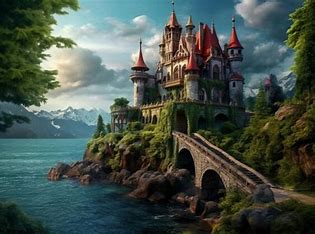
Role of Fairy Tales
These captivating narratives are not mere bedtime stories. They convey profound moral lessons and explore universal themes such as love, bravery, good versus evil. They enable us to see the world through a different lens, offer perspectives on societal norms, and ignite our imagination.
As Charles Dickens aptly stated, "In an utilitarian age, of all other times, it is a matter of grave importance that fairy tales should be respected."
Contribution by Legendary Authors
Notable figures like the Brothers Grimm and Madame d'Aulnoy significantly influenced how these stories were recorded and perceived. These authors put effort into preserving oral tales onto paper, modifying them for a younger audience.
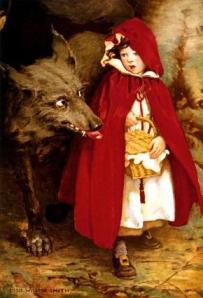
On this note, tread lightly into the realm of fairy tales and their enchanting background.
Creating Your Fairy Tale: A Few Tips
Aspiring authors, here are a few tips to create your new-age fairy tale or revamp an existing one:
- Know your audience
- Choose your magical elements and characters wisely
- Tailor your language to fit the tone of your story
- Pay attention to your narrative structure
- Most importantly, weave in moral lessons subtly
We encourage you to create an enchanting universe in your fairy tale that will transport readers into a magical realm.
How Fairy Tales Aid Child Development
Parents and educators, did you know that fairy tales are not just entertaining but also help in molding children's emotional and cognitive development?
Read more about Fairy Tales for children.
Check out Stories that Stood the Test of Time
No exploration of fairy tales would be complete without honoring the ones that stood the test of time - from Cinderella to The Little Mermaid. Dive into our selection of these unforgettable tales.
Fairies and authors have spun their magic; let's continue to revisit and create these magical narratives for generations to come.
Fairy Tales: A Genre that Never Grows Old
Tolkien's "The Hobbit", George Orwell's "Animal Farm", L. Frank Baum's "The Wonderful Wizard of Oz", and numerous others, have donned the cloak of "fairy tales" before the fantasy genre was defined. The genre has sparked debates, but everyone agrees that fairy tales transcend age and time, making them a cherished part of our cultural heritage.
Lesson learned: Life may not be a "fairy tale", but it doesn't stop us from spinning captivating tales for everyone to relish!
Fairy Canvas Wall Art
Check out this beautiful, unique, one of a kind fairy canvas picture - click here for more information and the best price!
Fairy Tales must be included in any site about fairies. We discuss the Origin and some of the Classic Fairy Tales. We also include a list of what I consider to be my favorite. In addition we will discuss the famous Aesop known as the originator of Fables.
You can read about my 24 favorite different Fairy Tales here.
The Brothers Grimm
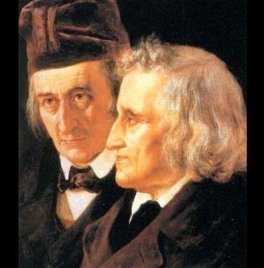
Most tales were oral at this time. One of the first authors to try and capture these oral tales on paper were The Brothers Grimm (pictured above). These oral stories had to undergo many changes to be written and then printed under the Grimm name and still be fit for children.
"The Wonderful Wizard of Oz" was written for today’s child. It is a modern fairy tale that contains joy and wonderment without the heartbreak and horror that sometimes cause nightmares.
The Fairy Tellers Book
Who were the Fairy Tellers? This is the behind the scenes of "fairy tales" and how they were developed and changed over the years.
In this far-ranging quest, award-winning author Nicholas Jubber unearths the lives of the dreamers who made our most beloved fairy tales: inventors, thieves, rebels and forgotten geniuses who gave us classic tales such as ‘Cinderella’, ‘Hansel and Gretel’, ‘Beauty and the Beast’ and ‘Baba Yaga’.
Read more about this enjoyable book and purchase HERE.
You can read more about the classic Fairy Tales here.
Read more about the origins of Fairy Tales here.
Book of the Month
The Best Selling Fae Fantasy Book!
CLICK HERE for more information and best price!
Recent Articles
-
What Are the Fae? Find Out Here!
Sep 26, 25 02:41 AM
What Are the Fae? We explain all . . . -
Discover The Best Quotes About Fairies
Sep 24, 25 03:24 AM
We have collected all the best Quotes About Fairies that we can find - Discover some inspiration and wonder in the World of fairies! -
What Is A Unicorn! Find out the surprising truth here!
Sep 24, 25 03:21 AM
Discover the answer to the old question 'What is a Unicorn'! This has several theories and stories - find out the TRUTH here!
